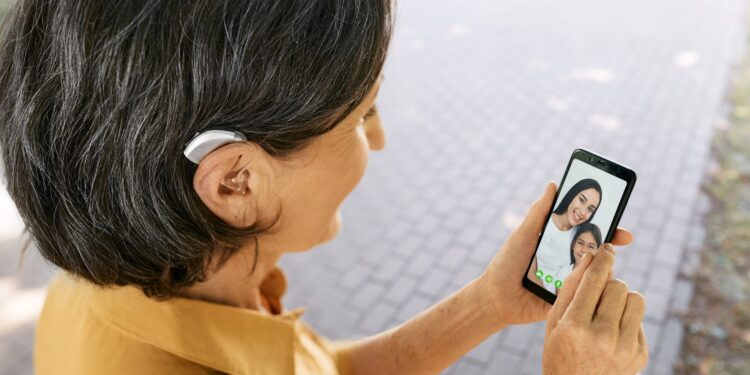In an age where technology intertwines deeply with daily life, ensuring accessibility for all is more crucial than ever. This notion has been recently cemented by a groundbreaking decision from the Federal Communications Commission (FCC). As of last Thursday, the FCC has laid down new mandates that require all mobile phone manufacturers to make their devices compatible with hearing aids. This regulatory update aims to dismantle barriers for the millions of Americans with hearing loss, heralding a new era of inclusivity in mobile technology.
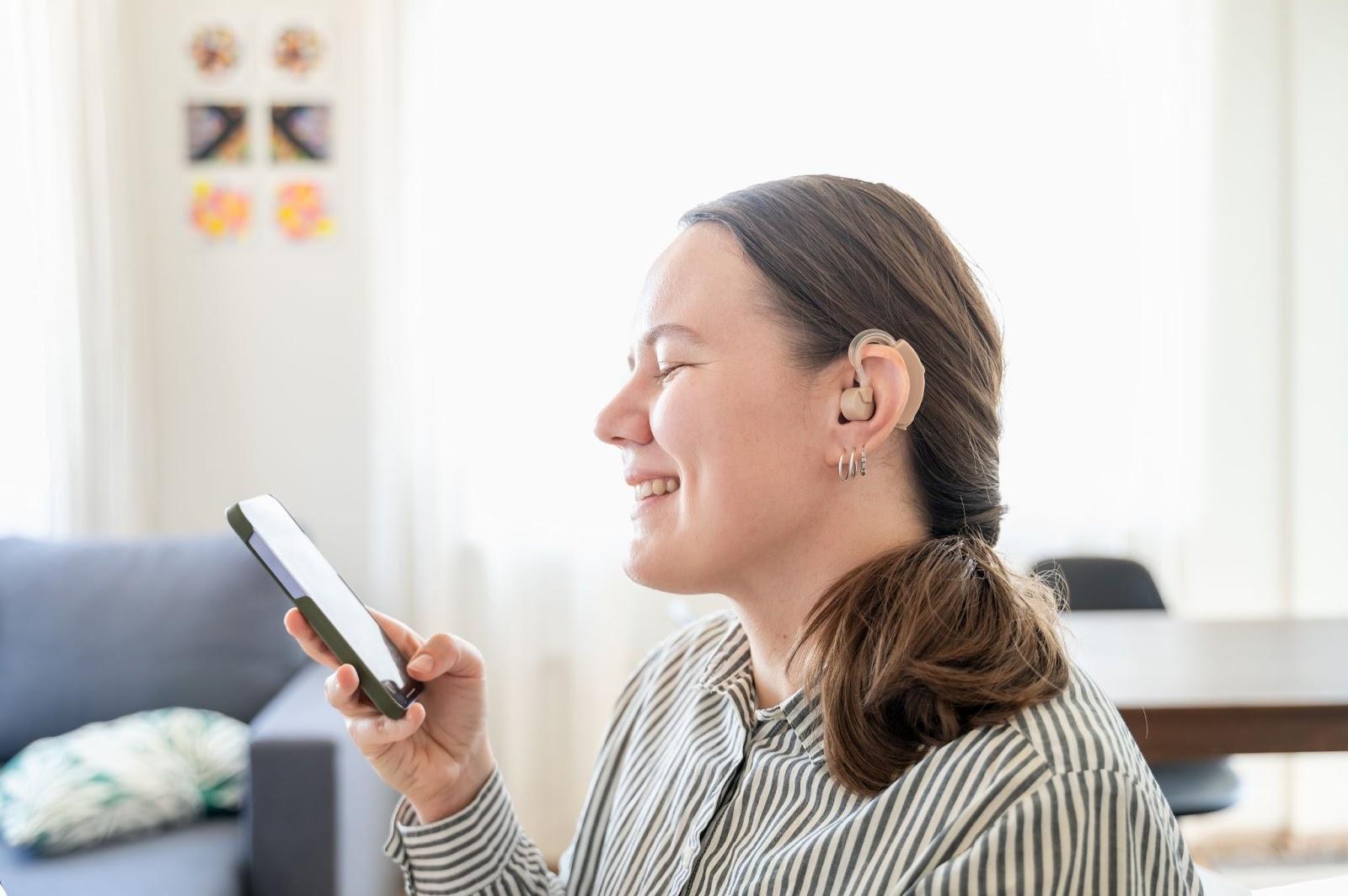
Bridging the Gap in Mobile Accessibility
The FCC’s latest regulations come as a response to the anticipated increase in the elderly population, which is expected to surge by nearly 50 per cent by the year 2050. As the demographic landscape shifts, the need for accessible communication technologies becomes increasingly apparent. “Under the new rules, after a transition period, Americans with hearing loss will no longer be limited in their choice of technologies, features, and prices available in the mobile handset marketplace,” the FCC highlighted in a recent press release.
This move is not just about enabling phone calls; it’s about ensuring that all consumers can choose their devices without having to worry about compatibility issues. It opens up a broader range of products for those with hearing impairments, allowing them to enjoy the latest technological innovations alongside their peers.
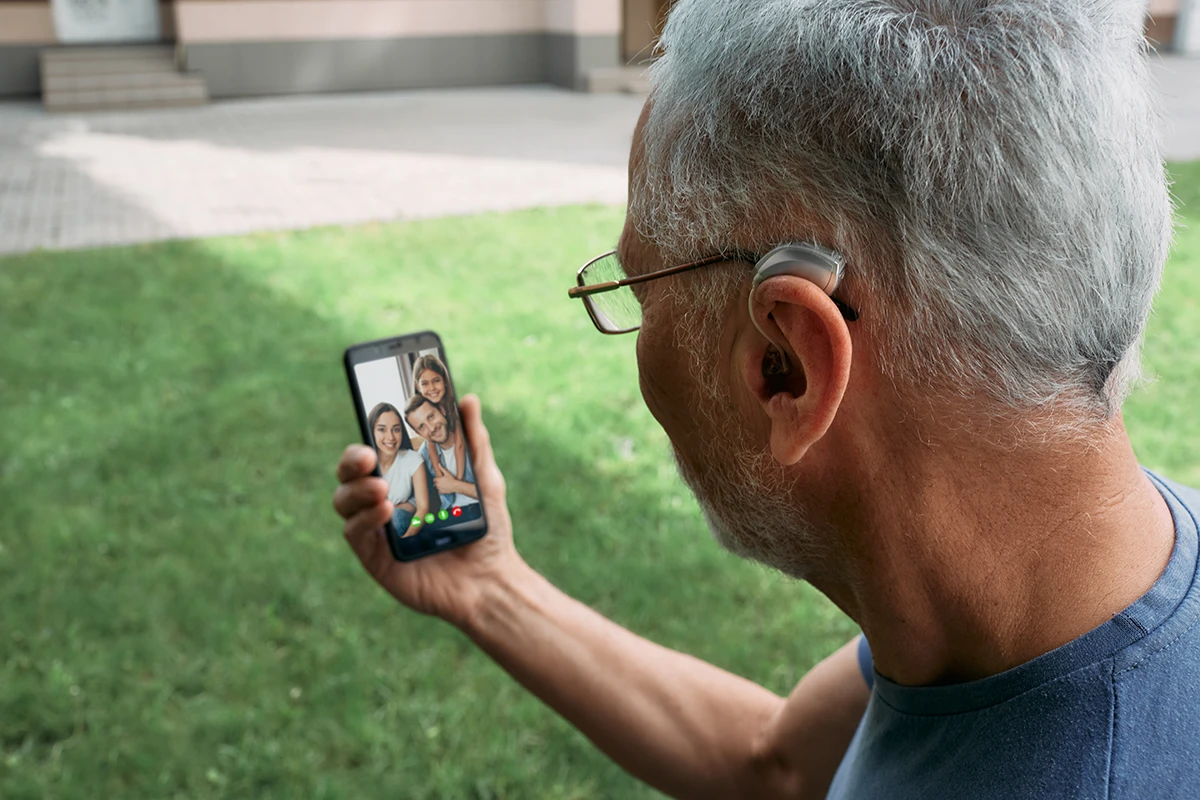
An End to Proprietary Restrictions
In a parallel update, the FCC also addressed the limitations imposed by proprietary Bluetooth standards used by some hearing aid manufacturers. The new regulation forbids these exclusive standards, which previously forced users into narrow options that were often incompatible with a wide range of mobile devices. Now, both mobile phones and hearing aids are required to support standard Bluetooth or telecoil coupling, a rule that also applies to the recently approved over-the-counter hearing aids like the AirPods Pro 2.
This decision marks a significant step toward universal design, a philosophy that advocates for the creation of products and environments that are accessible to everyone, regardless of their age or abilities. By eliminating proprietary barriers, the FCC is paving the way for a more inclusive tech ecosystem.
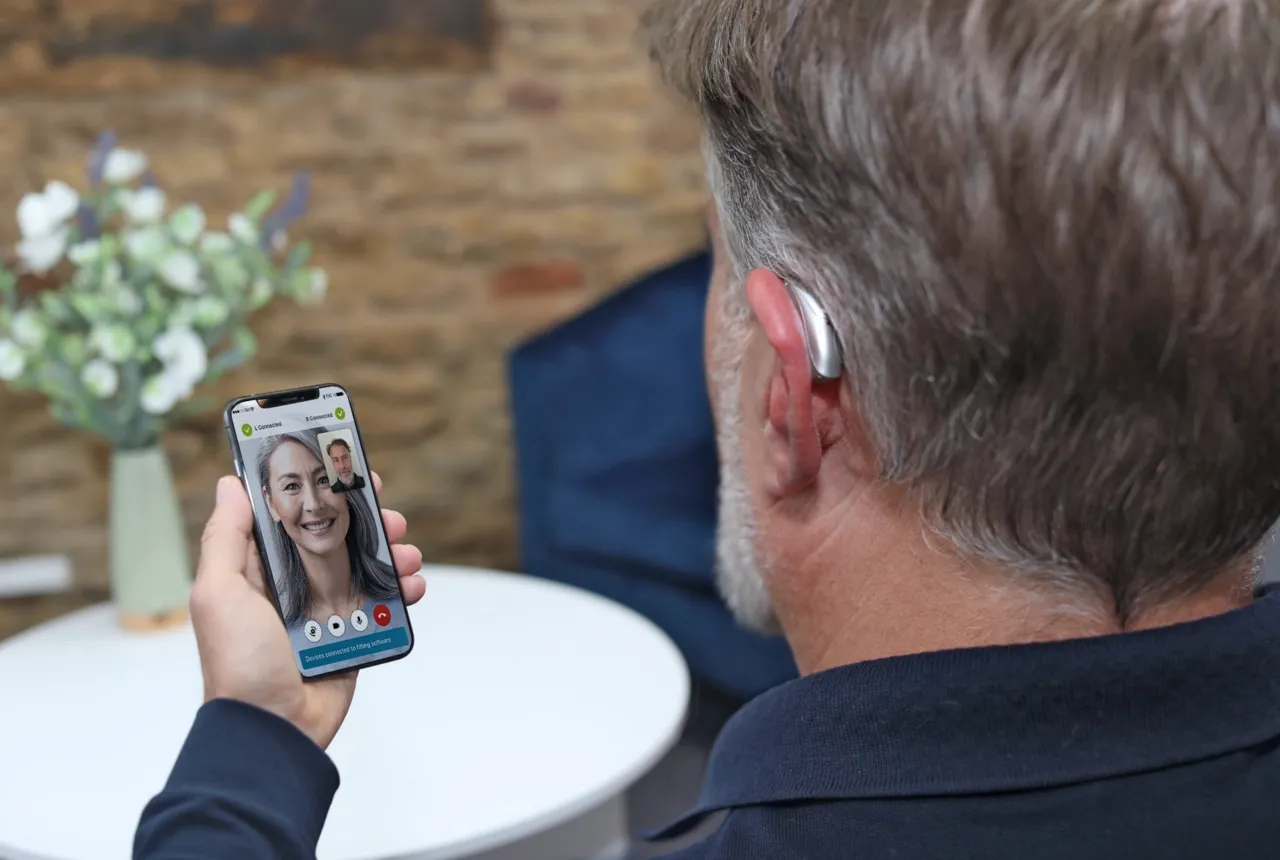
Enhanced Consumer Information and Quality Standards
The FCC’s directive also introduces requirements aimed at improving the overall user experience. Moving forward, all new mobile handsets sold in the U.S. must allow users to increase the volume without experiencing distortion. Furthermore, cell phones must now include clear point-of-sale labels that indicate their compatibility with hearing aids and the type of coupling they support.
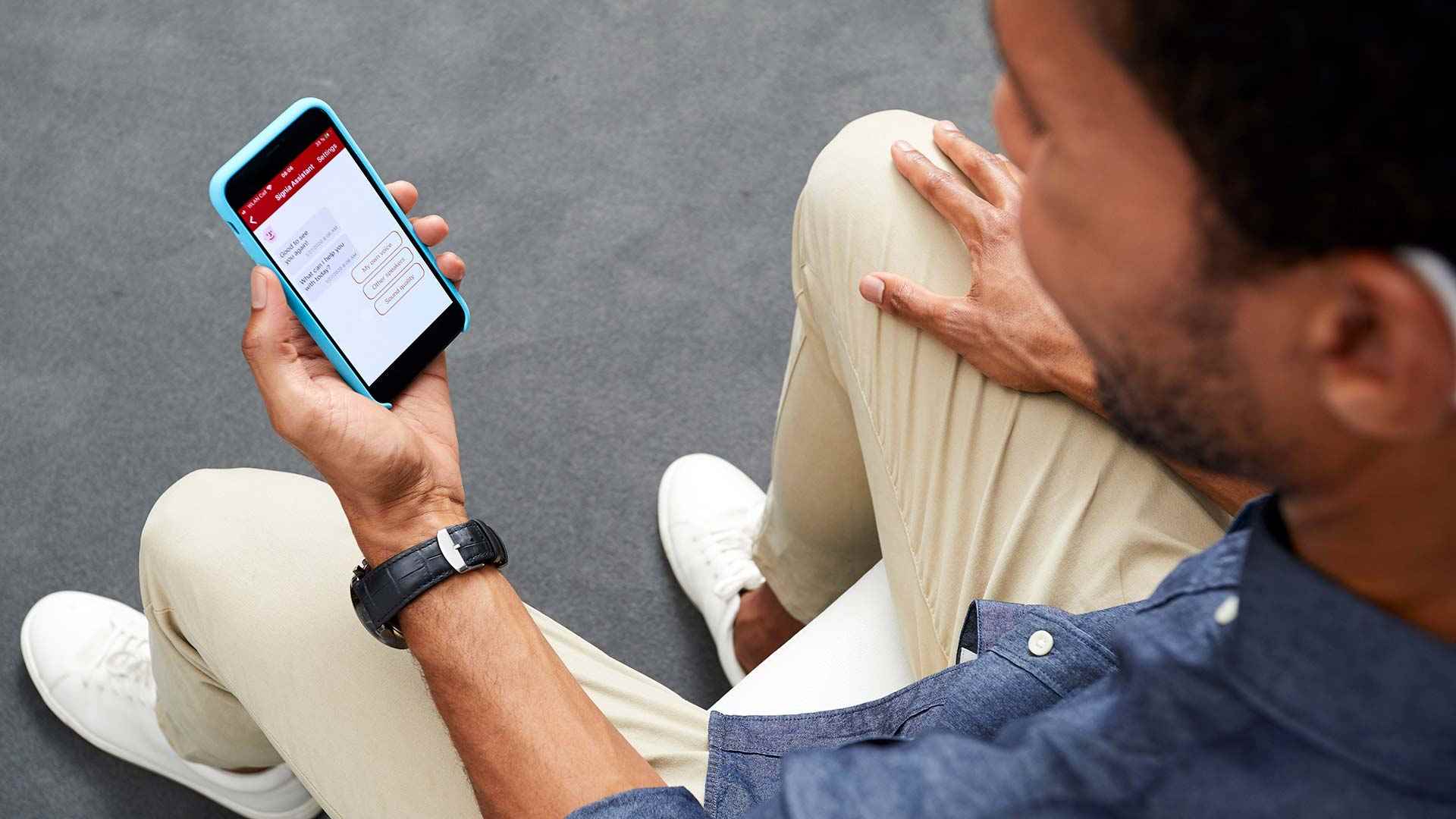
A Collaborative Effort Toward Inclusivity
The development and adoption of these new rules were the result of years of collaboration between various stakeholders, including cell carriers, phone manufacturers, and research institutions, along with advocacy groups for those with hearing loss. The establishment of a 100% hearing aid compatibility requirement for all mobile handsets was made possible through the dedicated efforts of the Hearing Aid Compatibility Task Force. This independent group worked tirelessly to forge a consensus on achieving the FCC’s objectives, demonstrating the power of collaboration in overcoming complex challenges.
In conclusion, the FCC’s new regulations are more than just legal requirements—they are a bold stride towards inclusivity, ensuring that the benefits of mobile technology can be enjoyed universally. This decision not only supports the current population with hearing loss but also prepares the technological landscape to accommodate the needs of future generations, securing a place for accessibility in the rapidly evolving digital world.

